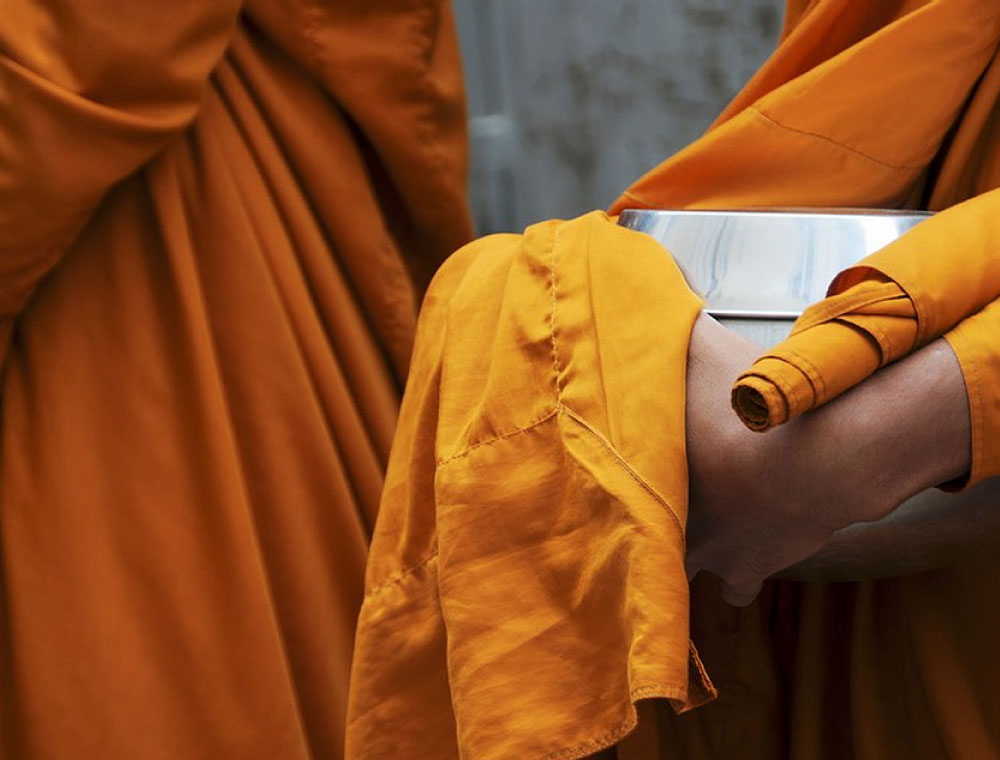
MOSAIC TOURS
Add: 7 Ngo Gach str., Hoan Kiem dist., Hanoi, Vietnam
Hotline: 0974.438.299/ 0965.431.556
Copyright © 2014. All rights reserved.

Many people are surprised that Vientiane is in fact a capital city as it exudes a relaxed atmosphere and small town charm. An eclectic mix of colonial-French buildings and ancient temples along with colorful markets characterizes Laos’ capital. A morning walk around the centre areas is possible; however the city's streets are often unpaved and dusty.
Vientiane does have a few worthy sites but the most enjoyable approach to explore the city is to simply wander around; take a peek at the markets or visit some of the many temples where friendly resident monks will be delighted to chat. At dusk, almost everyone heads toward the Mekong river bank to watch the spectacular sunsets. Many small bars along the riverbank welcome visitors to gaze across to Thailand.
Due to recent isolation from the rest of the world, Laos retains some elements of its colonial heritage. Most surprisingly, the capital is populated with a high density of good restaurants and bars. Vientiane has international food suitable for almost any palate; meanwhile the local spicy delicacies are also popular.
Pha That Luang
Pha That Luang or Great Stupa is the most significant national and religious monument in the country. This magnificent gilded structure began construction in 1566 by one of the nation’s most significant rulers, King Setthathirat. The central stupa is enclosed by an imposing perimeter wall with cloisters on the inside. Originally adorned with gold leaf, the main stupa has a brick core with a stucco layer on top. The entire structure was re-gilded in 1995 as part of the nation’s 20th anniversary celebrations.
The Patuxai (Victory Gate) Monument
When the French took control of the country in the late 19th century, they set out to completely re-design Vientiane into the same molds as other Indochinese capitals such as Saigon (presently known as Ho Chi Minh City) and Phnom Penh. The wide boulevards lend themselves to monuments on a grand scale (e.g. the Patuxai war memorial). In the late 1950s, Lane Xang Avenue - dubbed the Champs Elysees of Vientiane – received support for its own version of the Arc de Triomphe (Patuxai in Lao means “Gateway of Victory”).
Vat Sisaket
The temple was originally built in 1565 to house the Emerald Buddha. The Lao monarchy used this temple for their prayer services until Siamese invaders destroyed it (and stole the Emerald Buddha) in 1828. The temple’s main features are the cloister walls containing over 2,000 Buddha images made of silver and ceramics, and some original murals in the ordination hall depicting Buddha’s life story.
Vat Phrakeo
Originally the site of one of the city’s earliest temples, Vat Phrakeo is now a museum containing various religious and cultural artifacts. The most impressive displays are the Buddhist sculptures with some dating back to over a thousand years.
Xieng Khuan (Buddha Park)
Situated 25km outside the capital, Xieng Khuan (or popularly known as “Buddha Park”) is well worth a visit. This bizarre creation of Luang Pu, a yogi mystic, contains a host of Hindu and Buddhist statues ranging from Shiva and Vishnu to the Buddha himself.
Nam Ngum Lake
Nam Ngum Lake lies 80km to the north of Vientiane. The beautiful scenery over the Nam Ngum River and its green valley is enhanced by the presence of this spectacular lake. This is actually a man-made reservoir of a hydroelectric power dam which generates most of the electricity sold to Thailand. It is a rewarding experience to cruise around by motor-boat or spend the day/weekend in a bungalow or on the "floating restaurant boat" and enjoy the picturesque scenes of water, island, forest and fishing villages.
MOSAIC TOURS
Add: 7 Ngo Gach str., Hoan Kiem dist., Hanoi, Vietnam
Hotline: 0974.438.299/ 0965.431.556
Copyright © 2014. All rights reserved.

